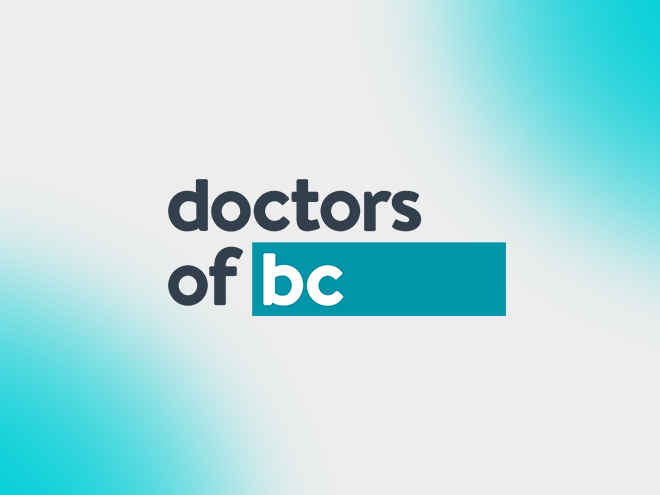The importance of Information Technology (IT) in health care has gained much attention recently. Federal reports such as Romanow and Kirby have touted the use of IT and Electronic Medical Records (EMRs) as essential components of improving Canada’s health system. The federal government has allocated $1.1 billion over the last several years to Canada Health Infoway to develop IT systems, including electronic records. The Doctors of BC outlines a vision for health IT in BC, as follows:
“That practising physicians take a leading role in supporting the development of affordable, integrated, and easy to use information systems that provide physicians with accurate, secure, complete and timely information to enhance the quality of patient care and increase practice efficiency”.
The Doctors of BC outlines 10 guiding principles for the development of effective health information infrastructure including:
- Improving patient care must be the primary goal;
- Security and privacy of health information must be enhanced;
- Health information technology should enhance the physician-patient relationship;
- Incentives for participation are necessary;
- Physicians must remain the primary custodians of health information;
- Professional and clinical autonomy of physicians must be preserved;
- New health IT systems need to be formally, independently evaluated prior to wide-scale implementation;
- New IT systems should improve practice efficiency;
- IT systems, including EMRs, must be affordable for all physician practices and include substantial third party financial support; and
- Practising physicians, representative and accountable to their professional colleagues, must have direct input into the development of an IT infrastructure for health care.
Other provinces, including Alberta and Ontario, and other countries, particularly in Europe, have taken a proactive approach to the development of health information systems, including EMRs. These jurisdictions have recognized the importance of providing incentives to encourage the adoption of IT within physician offices in order to improve the quality of patient care.
The development of effective information systems is critical for improving the quality of our health care system.
For the full policy paper, please see, “Getting IT Right: Patient Centred Information Technology”.



